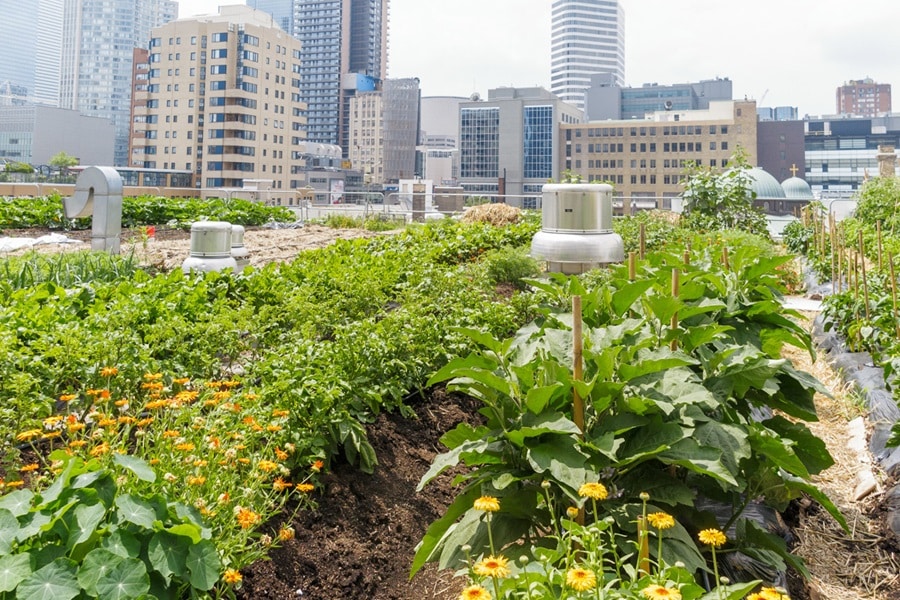Chocolate, a delectable treat savored by many, boasts a history as rich and complex as its flavors. This journey from bean to bar is an intricate process, blending art and science to transform the humble cacao bean into the chocolate that delights millions. As you explore the steps involved in chocolate making, from the tropical cacao farms to the meticulous refining processes, a deeper appreciation for this beloved confection emerges. This article will guide you through the fascinating transformation of chocolate, revealing the dedication and craftsmanship behind every bite.
Contents
The Origins Of Chocolate
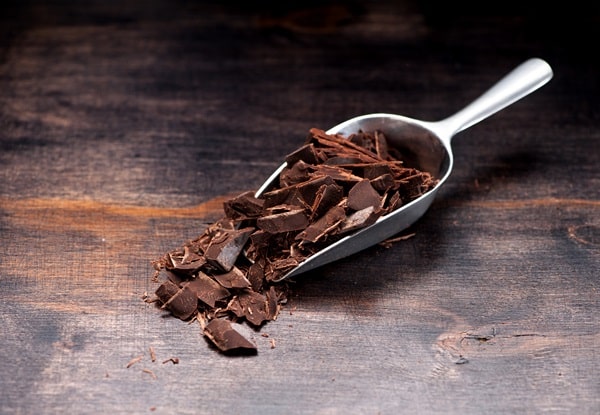
Chocolate’s story begins long before it graces store shelves. Ancient civilizations in Mesoamerica, such as the Maya and Aztecs, first cultivated cacao trees, valuing the beans for their unique flavor and purported health benefits. They consumed chocolate as a bitter beverage, often mixed with spices or corn puree, a stark contrast to the sweet treat known today. The significance of chocolate in these cultures extended beyond culinary use; it was integral in religious rituals and as a trading commodity.
The journey of chocolate to Europe marked a turning point in its history. Introduced to the Spanish court in the 16th century, chocolate was initially an exclusive luxury for the elite. Over time, with the advent of sugar and cocoa plantations, chocolate evolved into a sweetened beverage, gaining popularity across Europe. This transformation set the stage for the modern chocolate industry, paving the way for the diverse chocolate varieties enjoyed today.
Harvesting Cacao Beans
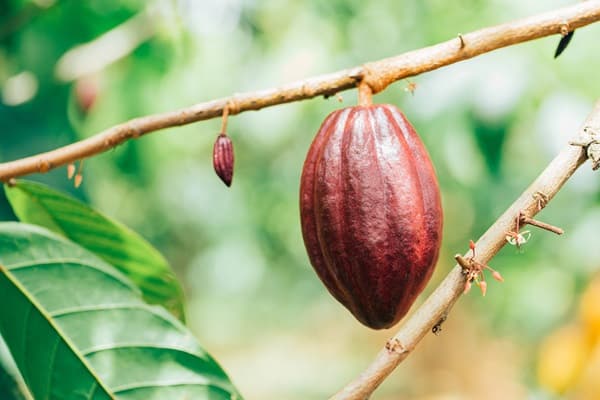
The chocolate-making process begins in the lush, tropical regions where cacao trees thrive. These trees, Theobroma cacao, bear fruit in the form of cacao pods, each containing 20 to 60 beans surrounded by a sweet, pulpy coating. The harvesting of these pods is a labor-intensive process, requiring careful handpicking to ensure the best quality beans are selected.
Once harvested, the cacao pods are opened, and the beans, along with the surrounding pulp, are removed. This step is crucial as it sets the foundation for the chocolate’s flavor profile. The beans are then gathered and prepared for the next stage. The meticulous nature of this process reflects the dedication of farmers, who play a pivotal role in determining the quality of the final chocolate product.
Fermenting And Drying
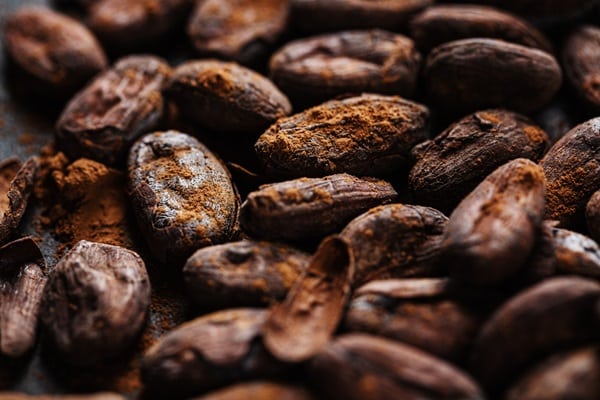
Following harvest, cacao beans undergo fermentation, a critical step in flavor development. During fermentation, the beans are left to sit in heaps or bins, allowing natural yeasts and bacteria to interact with the sugars in the pulp. This process, lasting several days, generates heat and induces chemical changes in the beans, developing the precursors to the rich, complex flavors of chocolate.
Post-fermentation, the beans are spread out to dry, typically under the sun. Drying reduces moisture content, stabilizing the beans for storage and transport. This stage must be carefully managed; too much moisture can lead to mold while over-drying can diminish flavor quality. The skillful balancing act during drying further influences the chocolate’s final taste and quality.
Roasting The Cacao Beans
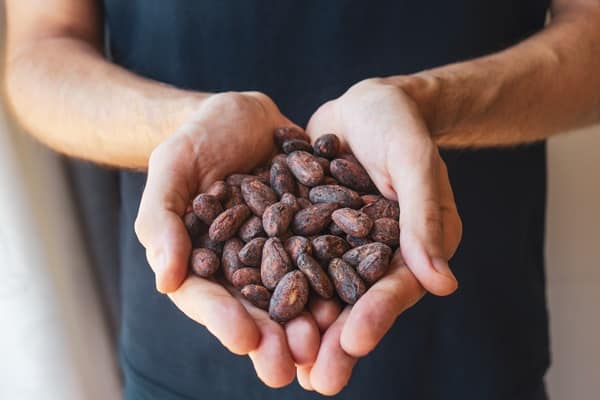
Roasting is where the recognizable aroma and flavor of chocolate begin to emerge. The dried beans are heated at various temperatures and durations, depending on the desired flavor profile. This process not only develops the chocolate flavor but also reduces acidity and bitterness, making the beans more palatable.
The roasting stage also plays a crucial role in developing the color and texture of the chocolate. The Maillard reaction, a chemical reaction between amino acids and reducing sugars, occurs during roasting, contributing to the rich brown color and complex flavor profile of chocolate. Each chocolatier has their unique roasting method, adding a signature touch to their chocolate creations.
Grinding And Refining
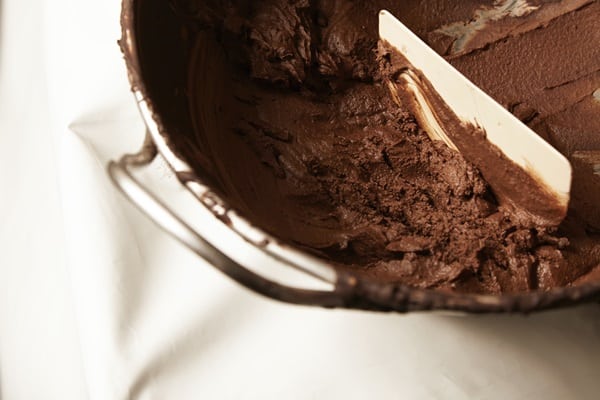
After roasting, the cacao beans are ground into a paste known as cocoa mass or cocoa liquor. This grinding process is essential, as it releases the fat within the beans, known as cocoa butter, and forms the basis of all chocolate products. The texture at this stage is still far from the smoothness associated with finished chocolate; it’s gritty and lacks refinement. The cocoa mass contains all the components of the bean, including both cocoa solids and cocoa butter, which contribute to the flavor and texture of the final product.
The refining process follows grinding, where the cocoa mass is further processed to achieve the desired smoothness. During refining, additional ingredients like sugar, milk powder (for milk chocolate), and sometimes lecithin are added. The mixture is then passed through a series of rollers, which reduce the particle size of the solids. This step is crucial for determining the mouthfeel of the chocolate; finer particles result in a smoother texture. The skill of the chocolatier is evident in balancing the texture and flavor during this phase.
Conching
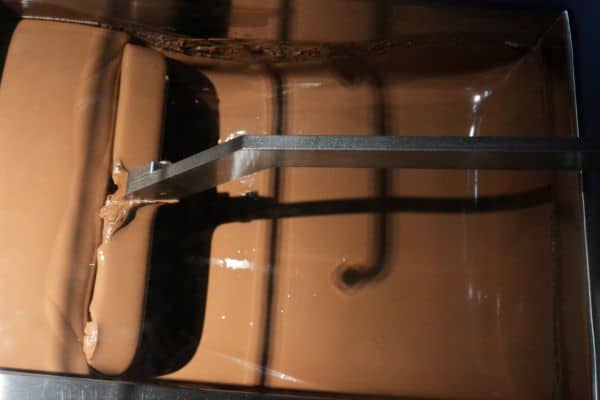
Conching is a unique process in chocolate making, named after the shell-like shape of the original machines used. It involves continuously mixing and aerating the chocolate mixture at a controlled temperature. This process can last from a few hours to several days, depending on the desired quality. Conching plays a vital role in developing the final flavor and texture of the chocolate. It helps in removing any remaining moisture and volatile acids, thereby refining the flavor and making it more rounded and less bitter.
The duration and intensity of conching have a significant impact on the final product. Longer conching times generally result in smoother, more developed flavors, as the constant motion homogenizes the chocolate and improves its texture. The chocolatier’s expertise in conching is crucial in defining the chocolate’s character, as this stage can greatly influence the balance of flavors and the silkiness of the texture.
Tempering And Molding
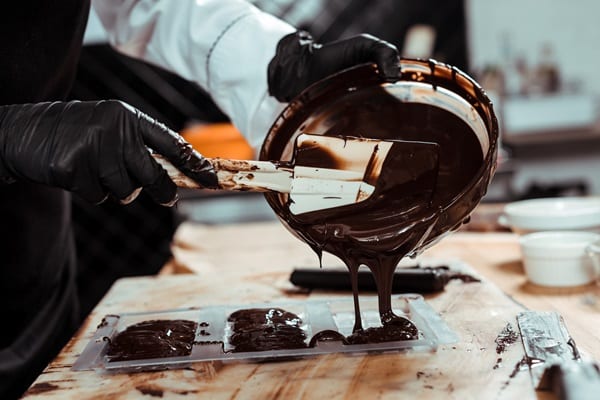
Tempering is a critical step in the chocolate-making process, involving careful manipulation of the temperature of the chocolate. This process stabilizes the cocoa butter crystals, ensuring the chocolate has a smooth, glossy finish and a satisfying snap when broken. Properly tempered chocolate also has a longer shelf life and is less likely to develop a whitish coating, known as bloom, which occurs due to the separation of fat or sugar. The tempering process requires precision and skill, as the chocolate must be heated and cooled to specific temperatures.
Once tempered, the chocolate is ready for molding. This is where the liquid chocolate is poured into molds of various shapes and sizes, depending on the desired final product. The molds are then shaken or tapped to remove air bubbles and ensure even distribution of the chocolate. After setting, the chocolate is carefully removed from the molds, revealing its final form, whether it be bars, truffles, or other confections. This stage is where the creativity of the chocolatier shines, as the possibilities in shapes and designs are nearly endless.
From Bean To Bar – Varieties Of Chocolate
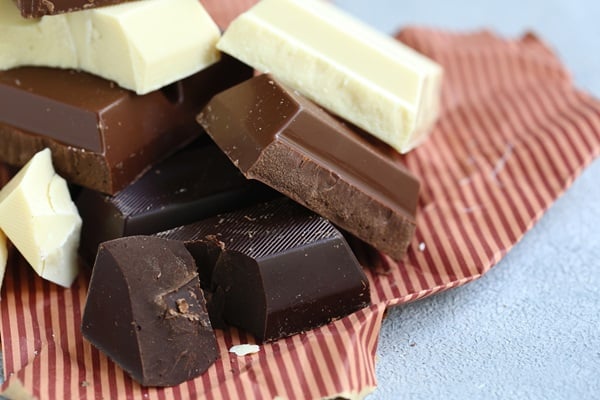
The journey from bean to bar culminates in the various types of chocolate we enjoy. The most common types are dark, milk, and white chocolate, each with its unique characteristics and flavor profiles. Dark chocolate, known for its higher cocoa content, offers a rich, intense flavor and is often less sweet. Milk chocolate, with added milk solids and sugar, provides a creamier, milder taste, making it a popular choice among many.
White chocolate, which contains cocoa butter but no cocoa solids, offers a sweet, creamy flavor distinct from its darker counterparts. The variations in chocolate types are not just limited to these three; there are numerous specialty chocolates, such as single-origin, which is made from cacao beans from a specific region, offering unique flavor notes characteristic of that area. The chocolate-making process’s flexibility allows for endless experimentation and innovation, resulting in a diverse range of products that cater to a wide array of tastes and preferences.
Discover The World Of Chocolate
In exploring the journey of chocolate from the tropical cacao tree to the sumptuous bars you savor, you gain a deeper appreciation for this beloved treat. Each step, from harvesting and fermenting to refining and tempering, is an art form meticulously crafted by skilled chocolatiers. As you indulge in your next piece of chocolate, remember the intricate process and passion behind its creation. Let this newfound knowledge enhance your chocolate experiences and perhaps inspire you to explore the diverse world of chocolate flavors and origins.


